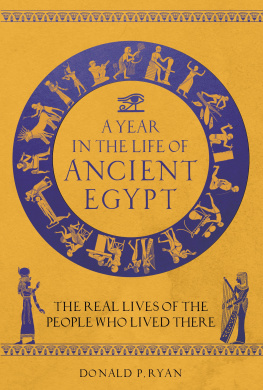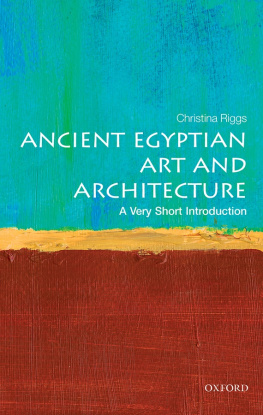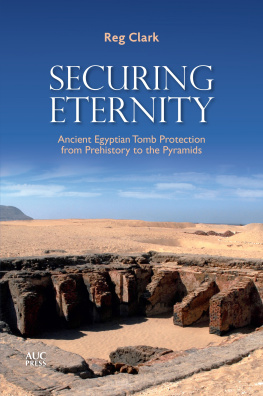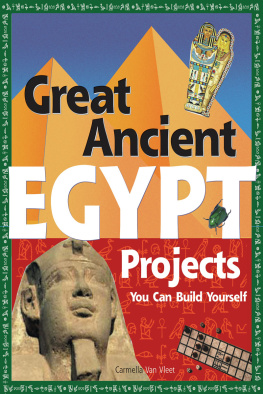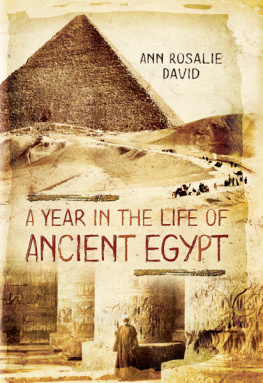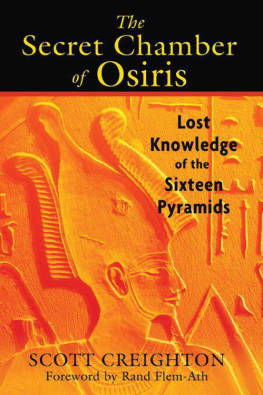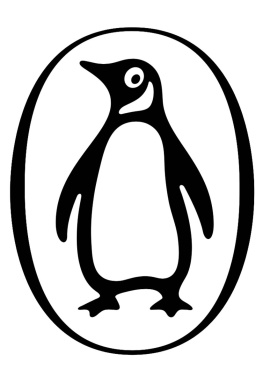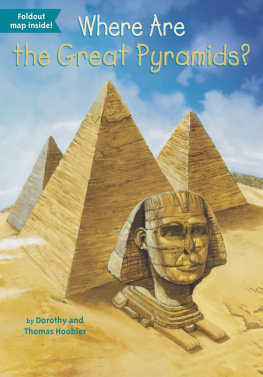Preparation for this book has been in hand for several years, and has drawn upon the help, skills and advice of many people. I would like to express my gratitude to those who made the initial studies possible: the Director of the Manchester Museum, for enabling me to publish the Kahun material in the collection; the Petrie Museum at University College London, for granting permission both to study their Kahun artefacts and to examine the diaries and excavation reports of Sir William Flinders Petrie, from which several extracts are quoted in this book. I would like to thank my colleagues, Mrs Joan Allgrove McDowell, Dr G. Gilmore and Dr G.W.A. Newton, for their contributions to the book, and for their co-operation and substantial endeavours on behalf of the Kahun Project.
Many people have contributed to the production of the book. For the illustrative material, I am indebted to Mr W. Thomas of the Manchester Museum for the photographs of the Kahun collection, and to Mr P.A. Clayton for the photographs of the Lahun treasure, the scenes in the tomb of Rekhmire, the Lahun pyramid, and the village of Deir el-Medina. I would like to thank Dr M. Saleh, Director of the Cairo Museum, for granting permission to include the photograph of the model of the weavers shop from the tomb of Meket-Rec, which has been kindly supplied by the Cairo Museum. I am grateful to Mr E.G. Yong Wong for enabling us to use his reconstruction drawings of Kahun town and the Kahun carpenter.
The publishers have given me every encouragement and support, and I am particularly grateful to Ms Elizabeth Fidlon for her enthusiastic reception of the idea of a book on this theme, to Mr A. Wheatcroft who, as editor, has guided it through to its conclusion, and to Ms Victoria Peters for initiating this particular edition.
Finally, my special thanks and appreciation are due to Mrs Carole Higginbottom who typed the manuscript, and to my husband for his continuing support.
Introduction
South-west of Cairo, the modern capital of Egypt, on the west side of the Nile, there lies the province of Fayoum, the largest of the countrys oases, which owes its remarkable fertility both to springs of water, and to the Bahr Yusef, a channel through which the waters of the Nile flow into the famous lake of the oasis, known today as the Birket El-Qarun. In antiquity, as today, the area provided excellent hunting and fishing, and the kings and their courtiers visited the area regularly to enjoy these pastimes. The kings of the 12th Dynasty (19911786 BC) chose to build their capital city here, and to be buried in pyramids built nearby, on the edge of the desert. Their decision brought unprecedented activity and prosperity to the area; not only was a workforce employed to build and decorate each kings pyramid and associated temples, but officials and overseers were brought in to supervise the work. Subsequently, priests and other personnel were employed in the pyramid temples, where the kings mortuary cult was performed after his death and burial. Around this nucleus, the community soon developed and lawyers, doctors, scribes, craftsmen, tradesmen and all the other elements of a thriving society came together.
It was in the Fayoum, in the late nineteenth century, that the famous Egyptologist, Sir William Flinders Petrie, made one of his earliest and most significant discoveries. In 1888/ 9, he began his excavation of several sites in the area. These sites lay at the north and south ends of the great dyke of the Fayoum mouth. At the north was the pyramid of Illahun (or Lahun) built by King Sesostris II, and around it lay the cemetery which had been started in the 12th Dynasty, and then ransacked, before the tombs were re-used between the 21st and 26th Dynasties. A small temple adjoined the pyramid on the east, and half a mile distant on the edge of the desert lay another temple, also part of the original pyramid complex. North of the larger temple was situated the town of the pyramid workmen, known today as Kahun. At the south end of the dyke, a later town, built in the 18th Dynasty, also attracted Petries attention. Egyptologists know it by the name of Gurob or Medinet Gurob.
An entry in his Journal for the period 24 February to 2 March 1889 clearly indicates Petries initial interest in the site of Kahun, and his accurate perception of its historical importance:
The town beyond the temple (called Medinet Kahun I hear) I now suspect to be of the age of the temple, 12th Dynasty, and to be almost untouched since then. If so, it will be a prize to work for historical interest of dated objects. I cannot be certain yet as to its age, but the pottery is quite unlike any that I yet know, except some chips of 12th Dynasty that I got at Hawara: and the walls of the town run regardless of natural features, over a low hill and back again but square with the temple.
In the 1888/9 season, Petrie, anxious to prevent a German dealer Kruger from ransacking the sites, placed a small number of workmen at Kahun and Gurob. He visited them and supervised their work as frequently as possible from the nearby site of Hawara which he was currently working. According to an entry in his Journal (815 April 1889), he was finally able to start his excavation at Kahun:
So at last, I felt justified in beginning the site I had been longing to try, the town adjoining the temple of Usertesen II (Sesostris II), which I had guessed might be of the 12th Dynasty.
After leaving Hawara, he divided his time between the two sites of Illahun and the associated town, Kahun, and Gurob.
On my Illahun days, I have my wash before I go out, carry my breakfast tied up in a towel, look over this place on my way, and get to Illahun, about 10 or 11After seeing the work there, I have breakfast about noon; go over to Tell Gurob, look over that and pay up, and then come back.
These sites, and Kahun in particular, were not to disappoint Petrie. Kahun was built, c.1895 BC, to house the workmen employed in building the pyramid and temples of King Sesostris II. However, it was also occupied by officials who supervised the pyramid building programme, and later, by priests and other personnel who served in the temples. The kings of the 12th Dynasty developed various irrigation projects in this area, and Kahun would also have played a significant role in these concerns. It undoubtedly became a prosperous and important centre, and it would be wrong to regard it simply as a pyramid workmens town. In antiquity, both the town and the temple, which adjoined it and was part of the pyramid complex, were known by the name of Hetep-SesostrisSesostris is pleased, or satisfied. However, Petrie, on discovering the site in 1887, asked an old man what the town was called. In his



